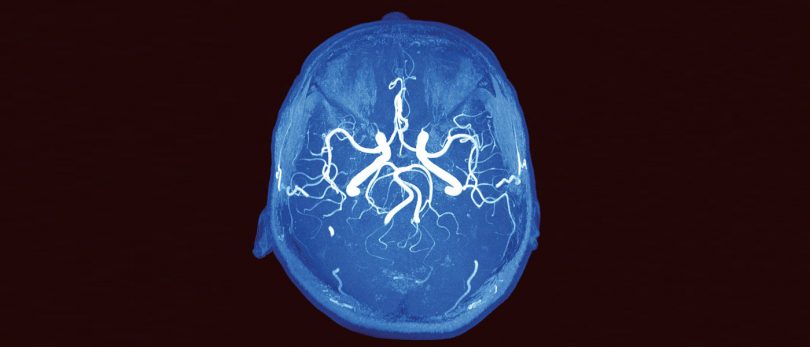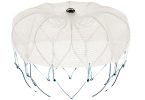Do you know the difference between an aneurysm and a stroke? Many people don’t. An aneurysm is a bulging or weakness in a blood vessel, most often in the brain or neck. In most cases, aneurysms are completely asymptomatic — meaning you may have one and never even know it. However, an aneurysm can become life-threatening if it ruptures and causes uncontrolled bleeding. A stroke, on the other hand, is usually caused by a blockage in a blood vessel in the neck or brain.
WHEN A HEADACHE ISN’T JUST A HEADACHE
While most aneurysms remain asymptomatic, it’s important not to ignore the symptom doctors cite most: a headache patients describe as the worst in their life, or a “thunderclap” headache. Even if a patient has spent years suffering from migraines, the headache from a critical Aneurysm that has burst or is near bursting is markedly worse than the worst headache he or she has experienced, and quick action can vastly improve a patient’s outlook. If you suspect a ruptured aneurysm, call 911.
“Most aneurysms are found when a patient has an MRI or brain scan for another reason or other unrelated condition,” says Varun Reddy, MD, a neuro-endovascular specialist at UHS. When an aneurysm is found, the first steps are to carefully examine the aneurysm and to assess the patient’s risk factors for rupture to determine if treatment is necessary, or if it’s safe to monitor the aneurysm over time.
A cranial angiogram is often used to examine the aneurysm more closely. This minimally invasive test combines catheterization with imaging to more precisely determine the location, size and nature of the aneurysm. This helps the surgeons craft personalized treatment or monitoring recommendations based on the likelihood of rupture.
For patients at low risk, imaging tests will continue to be done at regular intervals to see if the aneurysm grows or changes, or if other aneurysms form. Patients are also advised to be on the lookout for any symptoms that may develop. For a stable aneurysm in low-risk patients, treatment is often unnecessary. “For most people, an aneurysm isn’t the ‘ticking time bomb’ many people associate with the condition,” says Dr. Reddy. “Still, it’s important to fully evaluate it and keep an eye on it.”
Patients with certain health conditions or histories are at higher risk for aneurysm rupture. These include patients who smoke (particularly women), who have uncontrolled hypertension or have substance abuse issues. A family history of aneurysms is also a risk factor. High-risk patients are often advised to have their aneurysm surgically repaired to prevent a potentially deadly rupture.
Dr. Reddy and Yahia Lodi, MD, who both are extensively trained in the latest neuro-endovascular advances and treatments, provide the gold standard for aneurysm treatment at UHS. The preferred treatment is endovascular coiling, in which a small incision is made in the groin and a thin, flexible catheter is inserted into the blood vessel. Platinum coils are threaded through the catheter and placed in the mouth of the aneurysm, creating a plug that stops the aneurysm from growing or rupturing. For patients in whom this procedure is contraindicated, a clip is applied to the base of the aneurysm instead. Drs. Reddy and Lodi have performed many of these procedures with excellent results.
A dedicated team of surgeons and nurses provide thorough follow-up care to result in the best outcome, according to Dr. Lodi. “Here at UHS we have the infrastructure that links all these important pieces of treatment together. We want our patients to go home healthy,” he says.







